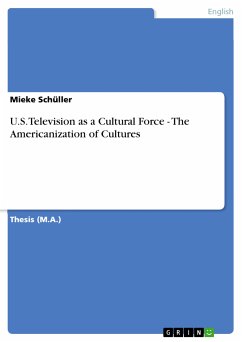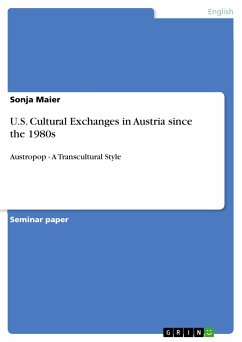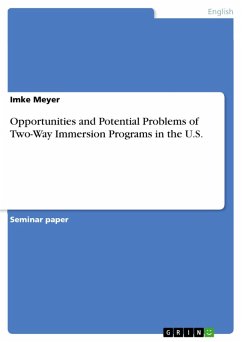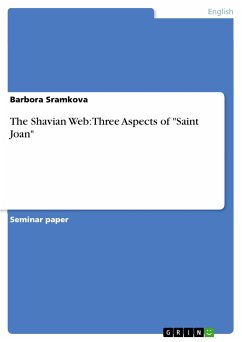Thesis (M.A.) from the year 2006 in the subject American Studies - Culture and Applied Geography, grade: 1,0, Johannes Gutenberg University Mainz (Fachbereich 05 - Philosophie und Philologie), language: English, abstract: The advent of electronic media in the 1920s marked the beginning of the information age and contributed to the formation of modern mass society. The introduction of new communication media, which allowed for the mass production and distribution of information and entertainment services, had wide-reaching consequences for social and cultural life: it transformed human cognition; it changed the organization of everyday life; it linked the world more closely together by means of a global media network. Particularly the television medium opened up a new perspective on the world and revolutionized entertainment, and it soon started its triumphant advance throughout the world. The U.S. played a prominent role in the development and global distribution of television technology and programming. America began early to experiment with television technology, but for the time being, it was commercial radio that "quickly grew to become the primary entertainment and information source for Americans throughout the Great Depression and World War II" (Emmert, "Broadcast Media"). At last, television was introduced to the public at the New York World's Fair in 1939, which had "Tomorrow - Now!" (Campbell et al. 13) as a motto. The public gave the new medium an enthusiastic reception, and soon after World War II, "television's visual images replaced the audio-only limitation of radio as the predominant entertainment and news vehicle" (Emmert, "Broadcast Media"). During the 1940s and 1950s, television technology and broadcasting transmission techniques were further refined: The cable system was rapidly enhanced and soon stretched across the U.S., thereby gradually replacing the transmission by over-the-air broadcasting signals, which is extremely susceptible to interferences. But only the advent of the cost-effective satellite broadcasting technology made the global transmission of mass media services possible: The invention and continuous improvement of satellite communications, computers and computer networks, cable television and fiber optics offer the means of blanketing any part of the world instantaneously with a torrent of imagery and data.
Dieser Download kann aus rechtlichen Gründen nur mit Rechnungsadresse in A, B, BG, CY, CZ, D, DK, EW, E, FIN, F, GR, HR, H, IRL, I, LT, L, LR, M, NL, PL, P, R, S, SLO, SK ausgeliefert werden.









